During World War II, millions of people faced food shortages that threatened their very survival. Families had to get creative with limited ingredients, while soldiers relied on specific foods that could last for months without spoiling. Understanding what kept people alive during this difficult time teaches us valuable lessons about nutrition, preservation, and making the most of simple ingredients when resources are scarce.
Canned Meat and Fish
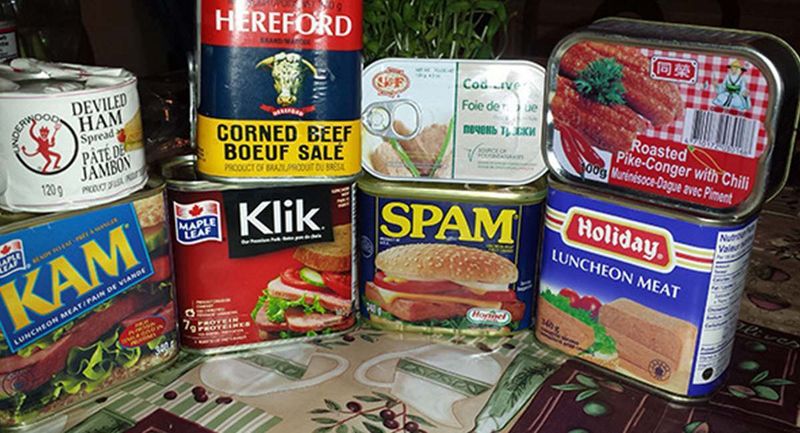
Spam became a wartime hero, feeding soldiers and families across the globe. This canned pork product could survive extreme temperatures and provided crucial protein when fresh meat was impossible to find.
Canned fish like sardines and salmon offered omega-3 fatty acids that kept brains sharp during stressful times. Military units carried these lightweight tins because they never spoiled and required no cooking equipment to enjoy safely.
Dried Beans and Legumes
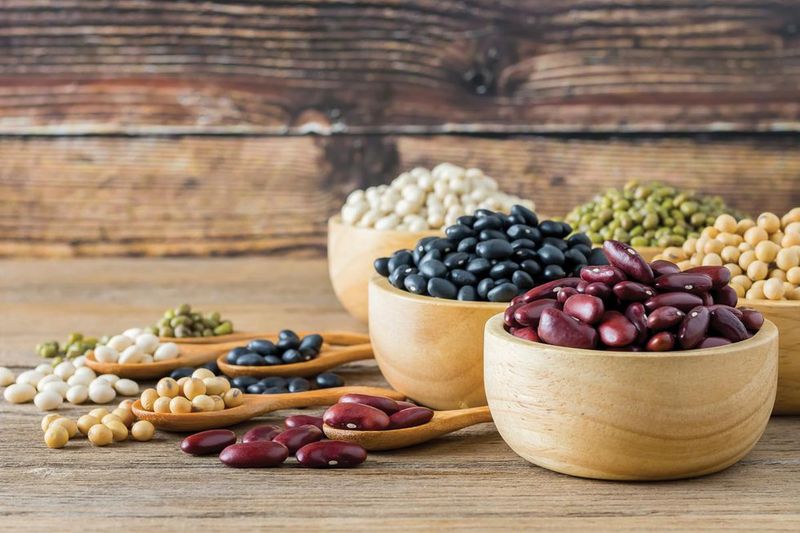
Beans packed more protein per pound than almost any other food available during wartime rationing. Families could store bags of navy beans, lentils, and chickpeas for months without refrigeration or special equipment.
Smart cooks learned to soak beans overnight and stretch small amounts of meat by adding plenty of legumes to stews. One cup of dried beans could feed a family of four when combined with vegetables and broth.
Root Vegetables
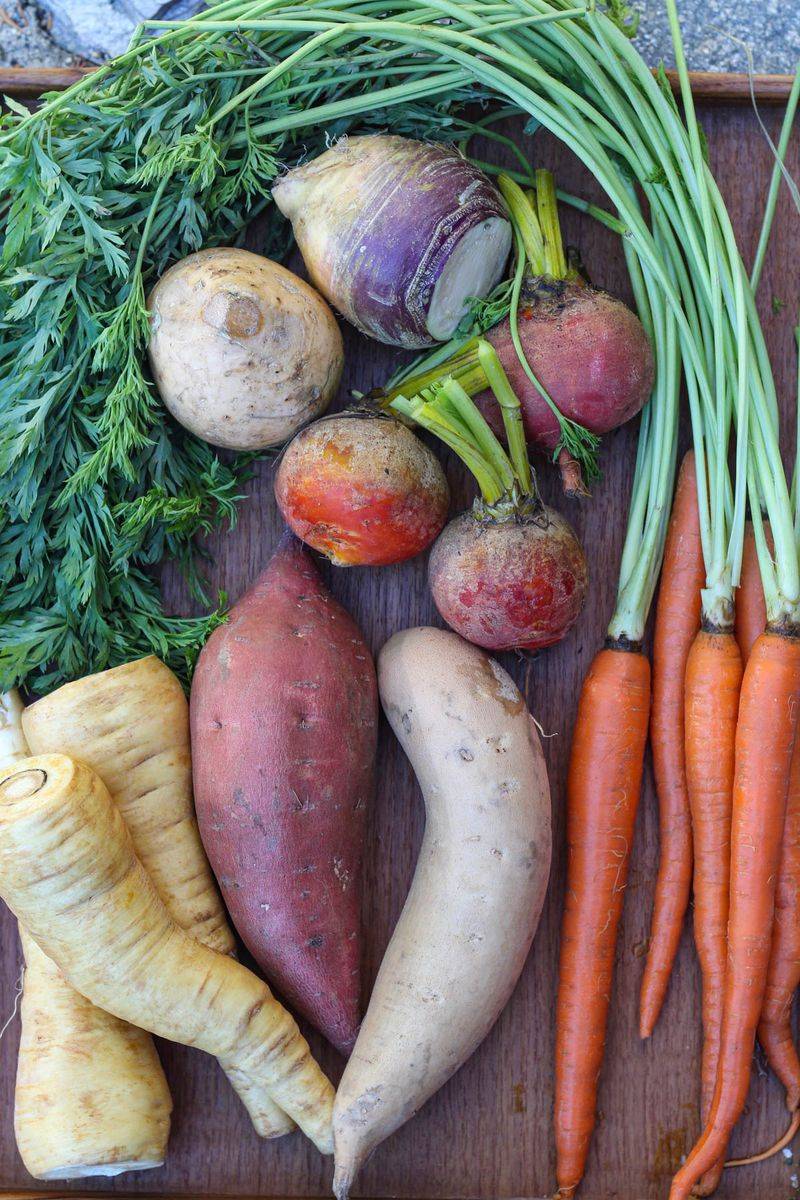
Potatoes, carrots, and turnips grew underground, making them harder for enemies to destroy during bombing raids. These hardy vegetables could survive cold storage for months without losing their nutritional value.
Victory gardens across America and Europe focused heavily on root crops because they required less maintenance than other vegetables. Families learned creative ways to prepare the same vegetables repeatedly without getting bored of eating them every single day.
Hardtack Biscuits

Soldiers called these rock-hard crackers “tooth dullers” because they were nearly impossible to bite when dry. Made from just flour, water, and salt, hardtack could last for decades without spoiling.
Smart troops learned to soak hardtack in coffee or soup to make it edible. Despite jokes about breaking teeth, these simple biscuits provided carbohydrates that gave soldiers energy for long marches and difficult battles ahead.
Preserved Eggs
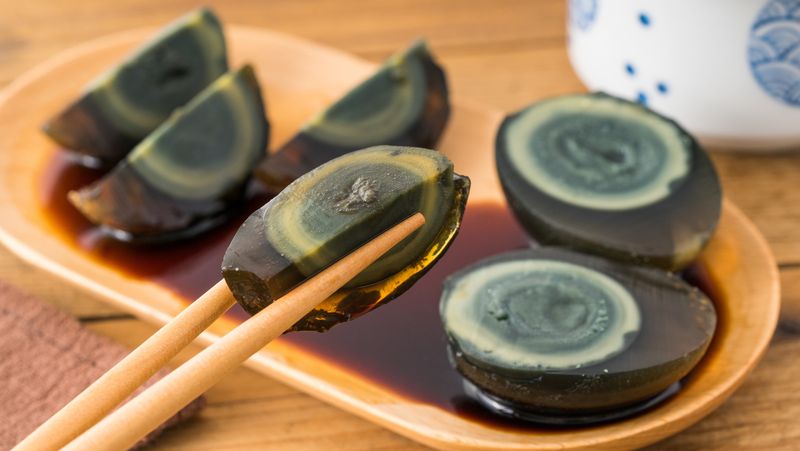
Families discovered amazing ways to keep eggs fresh for months without refrigeration. Water glass solution, mineral oil coating, and salt-packing methods helped preserve this perfect protein source when chickens stopped laying regularly.
Powdered eggs became standard in military kitchens because they weighed less and never broke during transport. Cooks rehydrated the yellow powder to make scrambled eggs that tasted surprisingly close to the fresh version everyone missed.
Powdered Milk
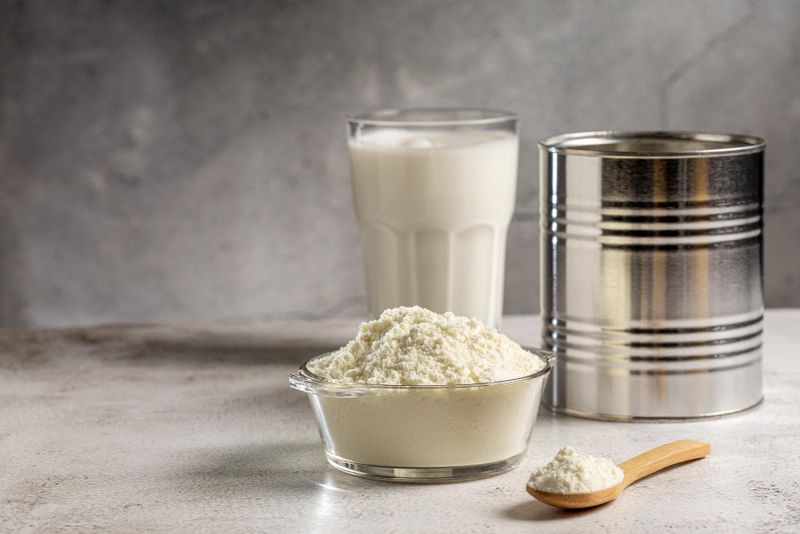
Fresh milk spoiled quickly without proper refrigeration, making powdered milk a lifesaver for growing children. Mothers mixed this white powder with water to create nutrition that supported healthy bones and teeth during difficult times.
Military cooks used powdered milk in everything from coffee to baked goods. The powder lasted for years when stored properly and provided calcium that prevented serious health problems in both soldiers and civilians.
Dehydrated Vegetables
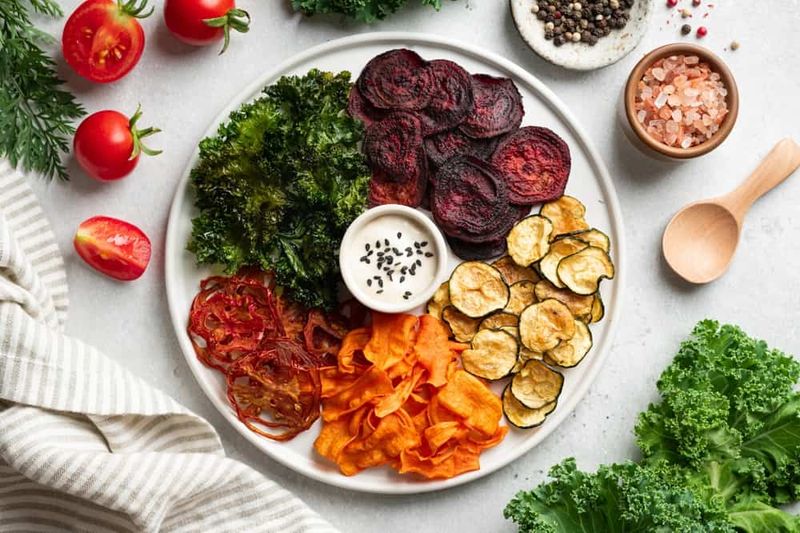
Removing water from vegetables made them incredibly lightweight and shelf-stable for military transport. Dried corn, peas, and green beans retained most of their vitamins while taking up minimal storage space.
Home cooks learned to dry vegetables using ovens, sun-drying methods, and simple dehydrators. Soaking dried vegetables in warm water brought them back to life, creating nutritious additions to soups and stews when fresh produce was completely unavailable.
Oats and Grains
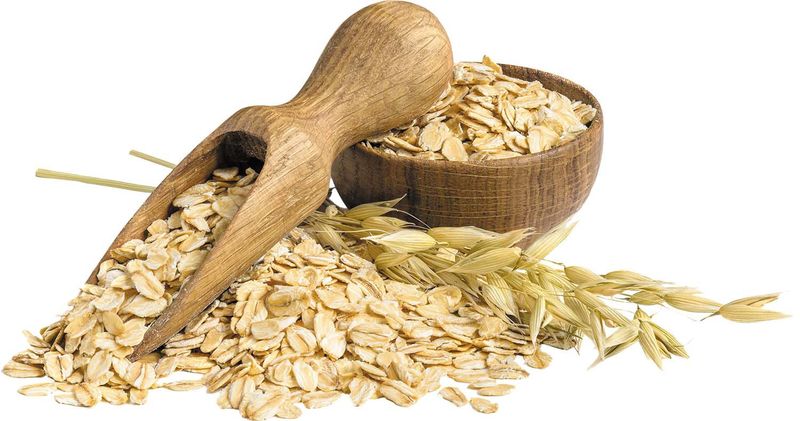
Oatmeal provided steady energy that lasted for hours, making it perfect for workers in wartime factories. Whole grains like barley and wheat berries could be ground into flour or cooked as hearty porridge.
Breakfast oats cost very little and filled empty stomachs when other foods were rationed. Families added whatever they could find – dried fruit, nuts, or even vegetables – to make plain oats more interesting and nutritionally complete.
Salted and Smoked Fish
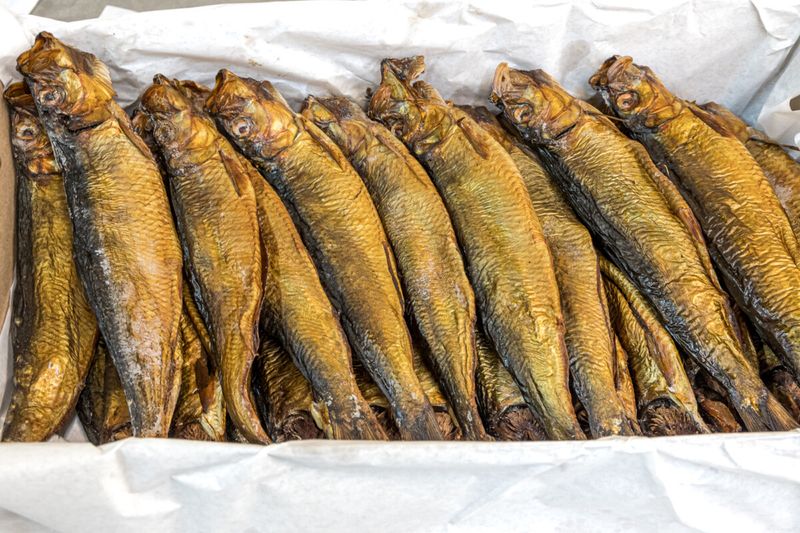
Coastal communities relied heavily on salt cod and smoked herring that could survive without ice for weeks. These preservation methods concentrated flavors while providing protein that kept fishing families healthy.
Smoking fish required only wood and time, making it accessible to anyone near water sources. Salt drew out moisture that bacteria needed to grow, creating protein sources that soldiers could carry in their packs without worry.
Canned Vegetables
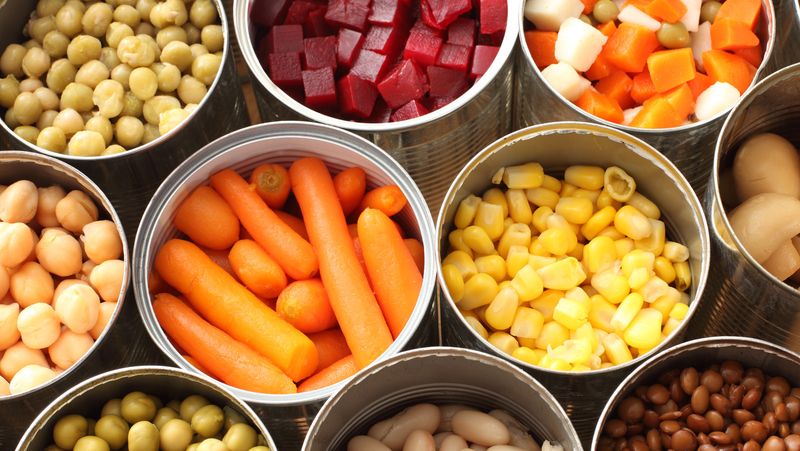
Factory-canned corn, green beans, and tomatoes became household staples when fresh produce disappeared from store shelves. These metal containers protected vegetables from spoilage while retaining important vitamins and minerals.
Home canning exploded in popularity as families learned to preserve their own garden harvests. Women shared canning recipes and techniques, creating community networks that helped everyone stretch limited food supplies throughout the long war years.
Dried Fruit
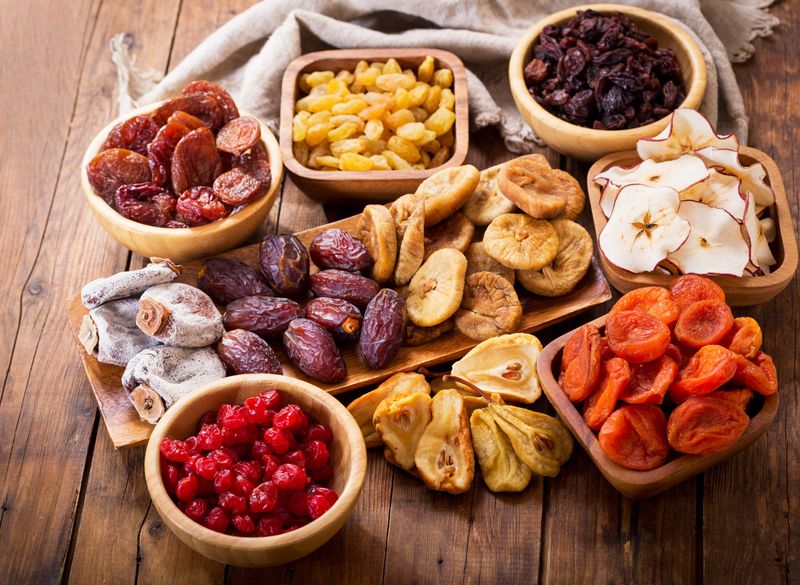
Raisins, dried apples, and apricots provided natural sweetness when sugar was strictly rationed. These concentrated fruits delivered quick energy and essential vitamins that prevented scurvy and other nutritional diseases.
Military rations often included dried fruit because it weighed almost nothing and never spoiled. Families learned to dry their own fruit using ovens or sun-drying methods, creating treats that satisfied sweet cravings naturally.
Peanut Butter
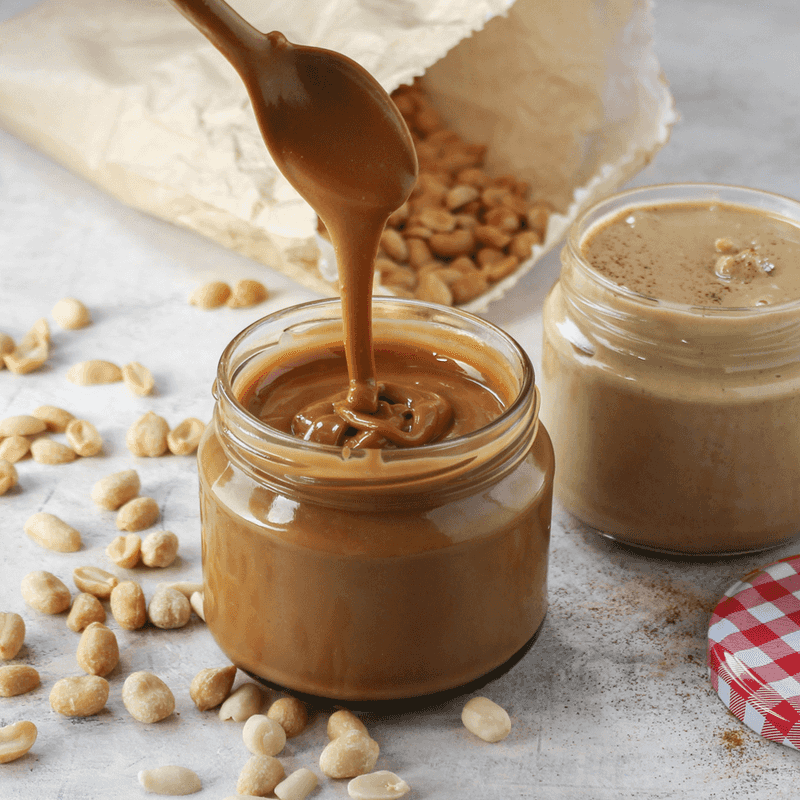
This protein-packed spread became a wartime miracle food because it never needed refrigeration and provided healthy fats that growing bodies required. Peanut butter sandwiches filled lunch boxes across America when meat was scarce.
Military cooks discovered that peanut butter could stretch other ingredients and add protein to simple meals. Just two tablespoons contained enough protein and calories to keep a worker going for hours of demanding physical labor.
Honey and Molasses

Natural sweeteners became precious commodities when refined sugar joined the rationing list. Honey never spoiled and provided antibacterial properties that helped prevent infections when medical supplies were limited.
Molasses offered iron and other minerals that white sugar completely lacked. Families used these natural sweeteners in baking, cooking, and even as medicine for sore throats and coughs during the challenging war years.
Rice and Pasta
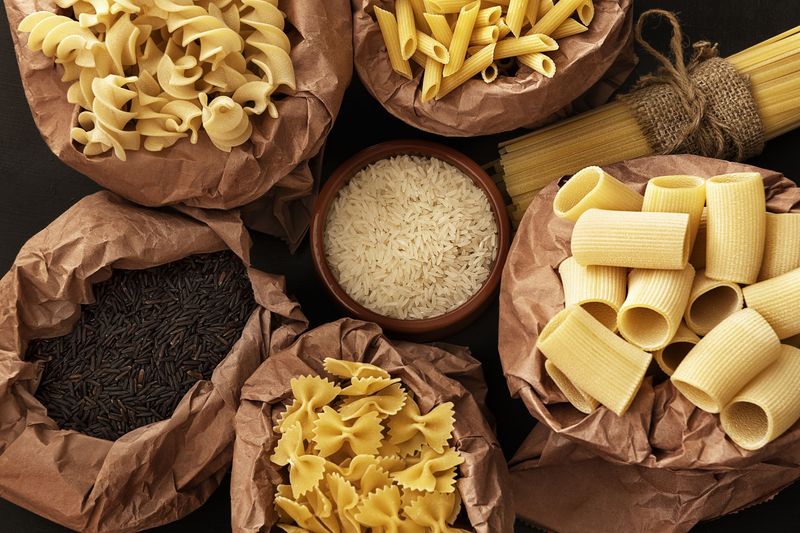
These carbohydrate staples formed the foundation of countless wartime meals because they stored easily and expanded when cooked. One cup of dry rice could feed multiple people when combined with vegetables or small amounts of protein.
Italian families shared pasta-making techniques while Asian communities taught others about rice preparation methods. These filling foods provided energy for factory workers and helped stretch expensive ingredients into satisfying family meals.
Cabbage and Sauerkraut
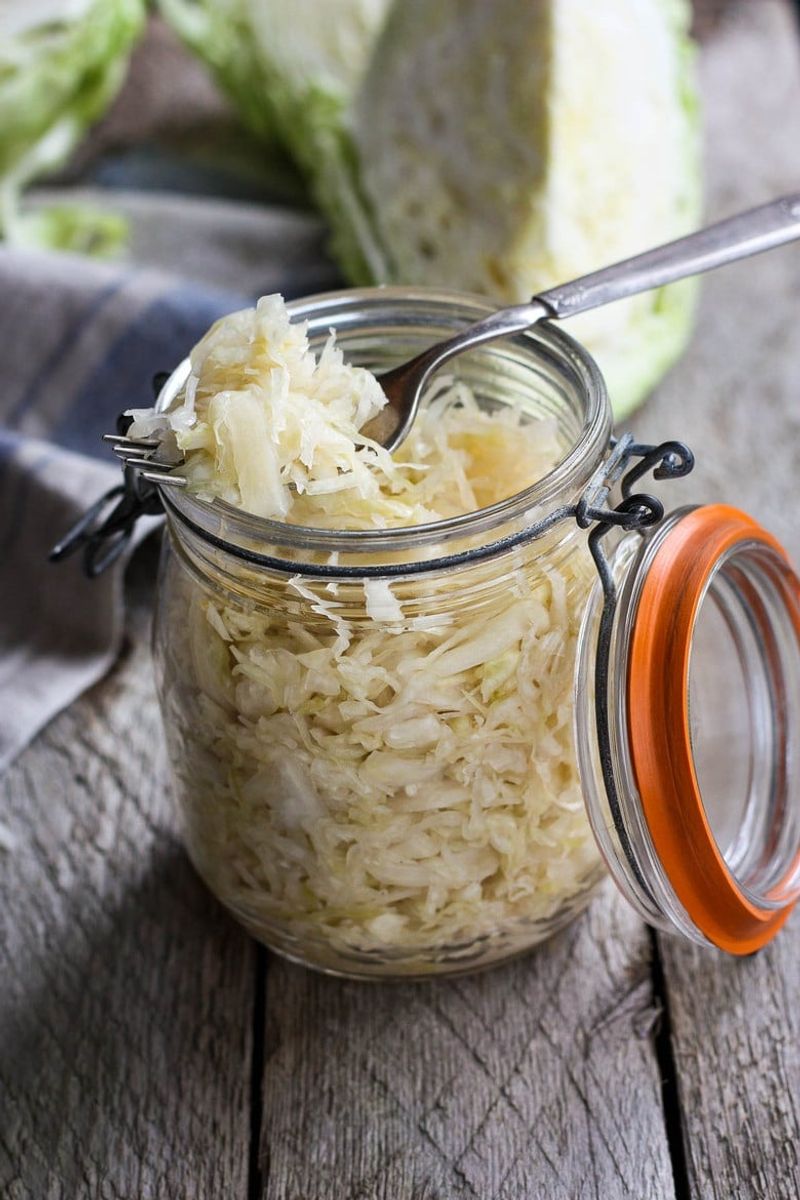
Fresh cabbage lasted for months in cool storage while fermented sauerkraut provided probiotics that supported digestive health. These cruciferous vegetables delivered vitamin C that prevented scurvy during long winters without fresh fruit.
Families learned traditional fermentation techniques from European immigrants who understood food preservation. Sauerkraut required only cabbage and salt, creating a tangy side dish that added flavor and nutrition to otherwise bland wartime meals consistently.
Leave a comment